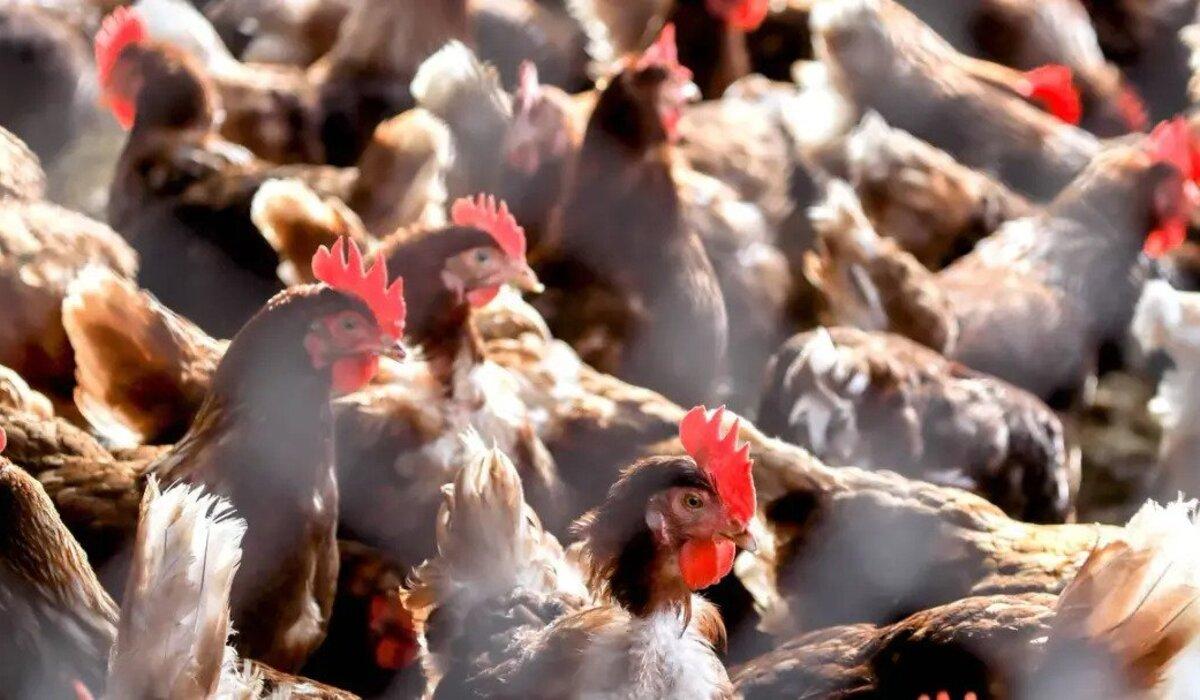Researchers from ETH Zurich and Nanyang Technological University Singapore have made significant strides in advancing hydrogen-based clean energy technology. Hydrogen is a promising clean energy source, emitting no harmful byproducts.
However, the production of hydrogen fuel cells, which are integral to its utilization, traditionally involved the use of expensive and environmentally unfriendly materials known as “forever chemicals,” notorious for their toxicity and carcinogenic properties.
The breakthrough comes in the form of an ingenious solution: the utilization of waste from the poultry industry, specifically chicken feathers, to produce semipermeable membranes for hydrogen fuel cells. These feathers are typically discarded, leading to environmental issues such as CO2 emissions and the release of hazardous gases when incinerated.
The researchers have devised a method to extract keratin, a protein found in chicken feathers, and transform it into extremely fine fibers called amyloid fibrils. These keratin fibrils serve as effective semipermeable membranes for hydrogen fuel cells. This approach not only eliminates the environmental hazards posed by “forever chemicals” but also addresses the problem of chicken feather waste.
“I’ve devoted a number of years to researching different ways we can use food waste for renewable energy systems,” said Raffaele Mezzenga, Professor of Food and Soft Materials at ETH Zurich. “Our latest development closes a cycle: we’re taking a substance that releases CO2 and toxic gases when burned and used it in a different setting: with our new technology it not only replaces toxic substances, but also prevents the release of CO2, decreasing the overall carbon footprint cycle.”
“Hydrogen is the most abundant element in the universe – just unfortunately not on Earth,” Mezzenga said. Water splitting, also known as electrolysis, can generate hydrogen.
The science behind this breakthrough also delves into electrolysis, a chemical process essential in hydrogen production. Electrolysis uses an electric current to drive non-spontaneous chemical reactions, which involves breaking down compounds into their constituent elements or ions in an electrolyte solution. The new keratin membrane has proton permeability, enabling efficient water splitting even in pure water, and reducing the need for hazardous acids typically required for this process.
This research holds tremendous promise, offering a sustainable solution for clean energy production while simultaneously addressing environmental issues related to waste from the poultry industry. By turning waste into a valuable resource, this innovative approach has the potential to revolutionize the hydrogen production and fuel cell industry.
The researchers’ dedication to further evaluating and improving the keratin membrane underscores their commitment to advancing this eco-friendly technology towards commercialization, paving the way for a more sustainable and environmentally friendly future for hydrogen-based clean energy.

